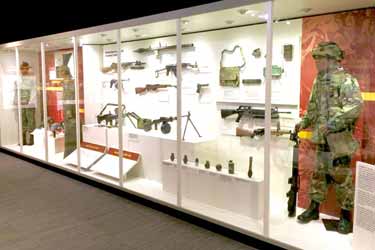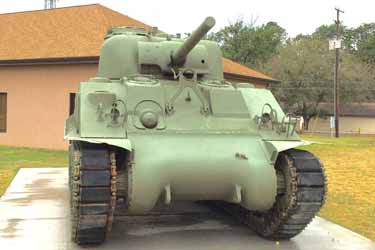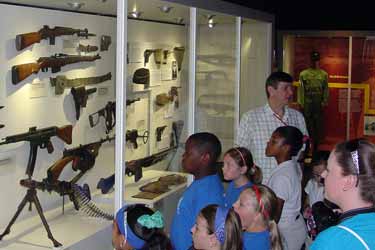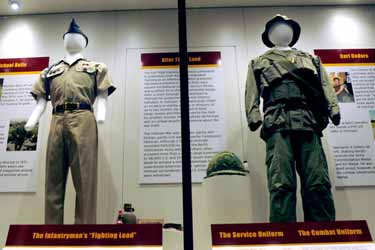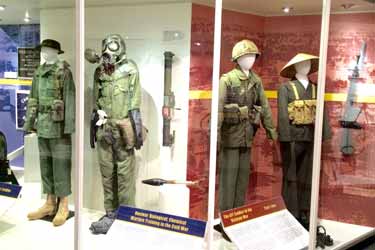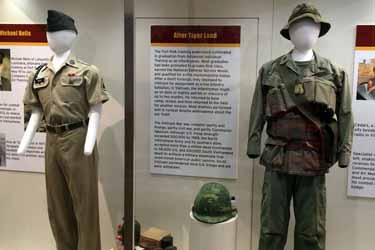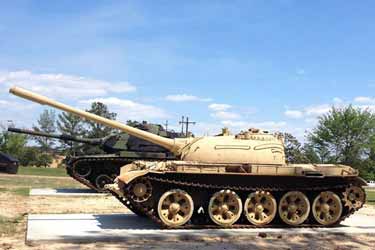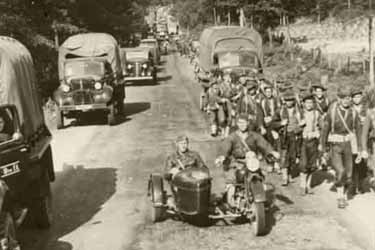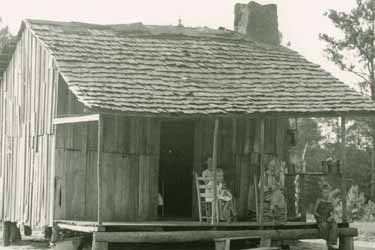Fort Polk Museum
About
The Fort Polk Museum exhibits artifacts and interprets the historic contributions of the Army at Fort Polk from 1940 to present day. Fort Polk's storyline emphasizes the training missions and development of Army doctrine at the post during WW2; the Korean War and the 1950s; the Vietnam War and the Infantry Training Center; the late Cold War and the 5ID (Mech); and later missions involving peace keeping and the Global War on Terror. Exhibits include those in the museum gallery, and static displays of macro-artifacts on the museum grounds, in Warrior Memorial Park, and at Polk Army Air Field.
Visiting the Museum
| Admission | Free |
|---|
Hours
| Monday | Closed | |
|---|---|---|
| Tuesday | 0900 | 1600 |
| Wednesday | 0900 | 1600 |
| Thursday | 0900 | 1600 |
| Friday | 0900 | 1600 |
| Saturday | 0900 | 1600 |
| Sunday | Closed |
Closed on Federal Holidays
Fort Polk, LA 71459
Gallery
The museum displays artifacts, photos and outdoor vehicles that tell the story of the Fort Polk, relate its experiences and honor its significant contributions to the Army's readiness.
Today's Mission & Soldier
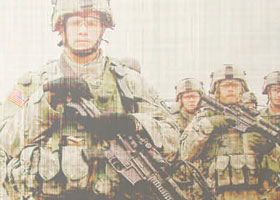
Today's soldier prepares for the Global War on Terror and deployment at Fort Polk's Joint Readiness Training Center. JRTC has adapted training needs to meet toady's battlefield challenges, and continues to forge the Warrior Spirit.
Fort Polk's Namesake

Fort Polk was named in honor of Louisiana native son, Leonidas Polk. Polk was a prominent Episcopal bishop, and corps commander in the Confederate Army. Polk fell at the Battle of Pine Mountain in the Atlanta Campaign in 1864.
Heritage Families
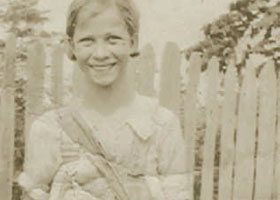
In 1941, Camp Polk was established under eminent domain, and 250 families were evicted from their farmsteads. Many suffered acute financial hardship as result. However, their sacrifice provided a vast training area for the largest maneuvers ever held. The displaced “Heritage Families” are commemorated for their contribution to the Army's readiness.
Louisiana Maneuvers WWII
Camp Polk started as a site for the Louisiana maneuvers of WWII. During this period, the Army modernized from horse drawn equipment to a fully mechanized force. Soldiers of the Red and Blue maneuver armies learned lessons in tactics and leadership in West Louisiana, preparing them for combat overseas.
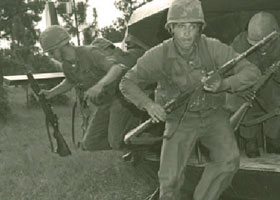
Vietnam War & Tiger Land
Fort Polk served as the Army's largest infantry training center from 1962 until 1976. This mission involved preparing most of the infantry soldiers for combat in Vietnam: over one million infantry recruits trained at Fort Polk. It was during the Vietnam War that Fort Polk became famous for its mock Vietnam villages, known as Tiger Land.
Tours
The museum and Warrior Memorial Park have self-guided tours, but guided tours are available. Contact the museum staff for special group tours. The museum is open FREE OF CHARGE to all service members, their families and to the public at large. Visitors to Fort Polk may be required to obtain a pass from the visitor center on Entrance Road/Louisiana Avenue, at Gate 1.


